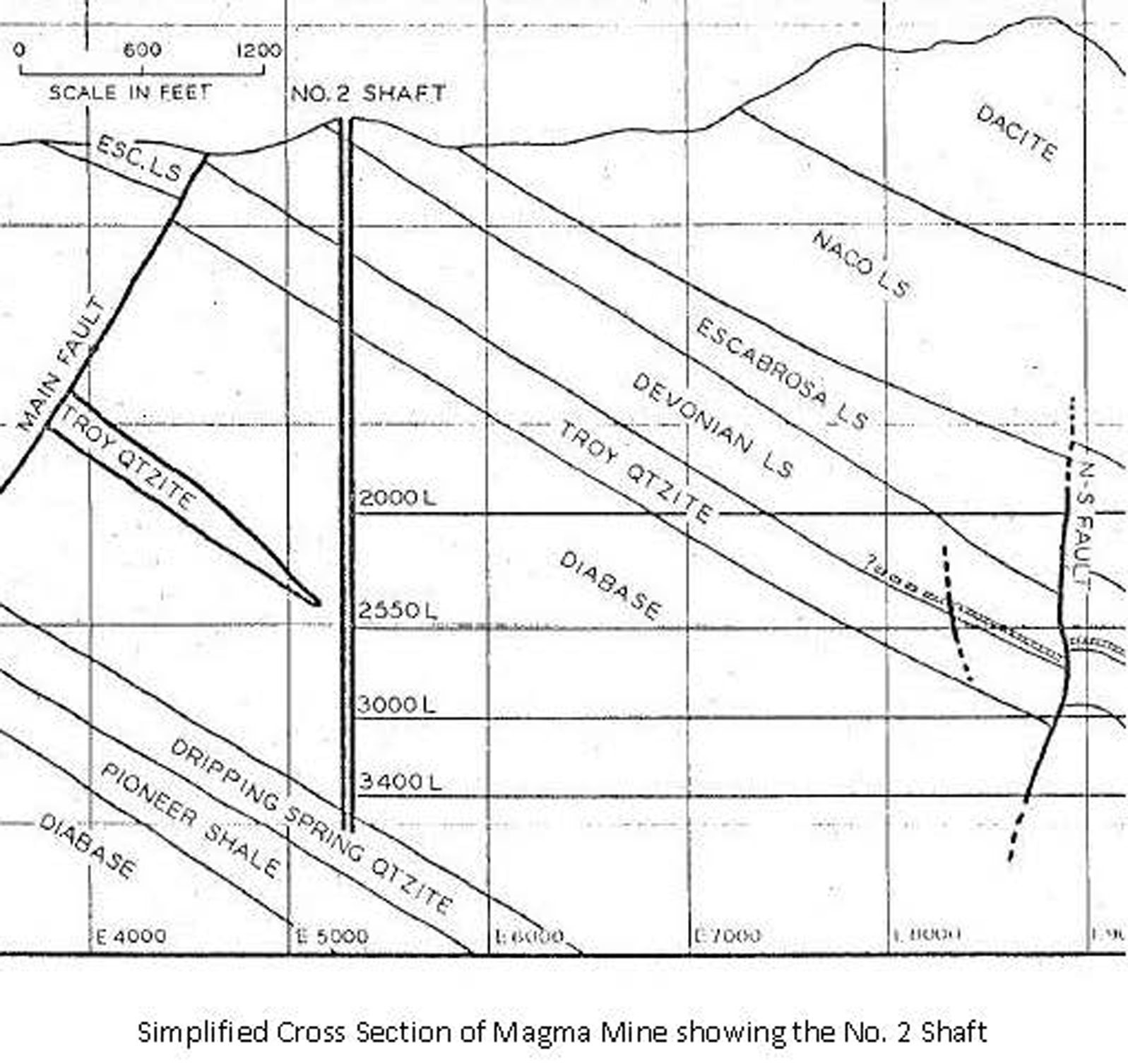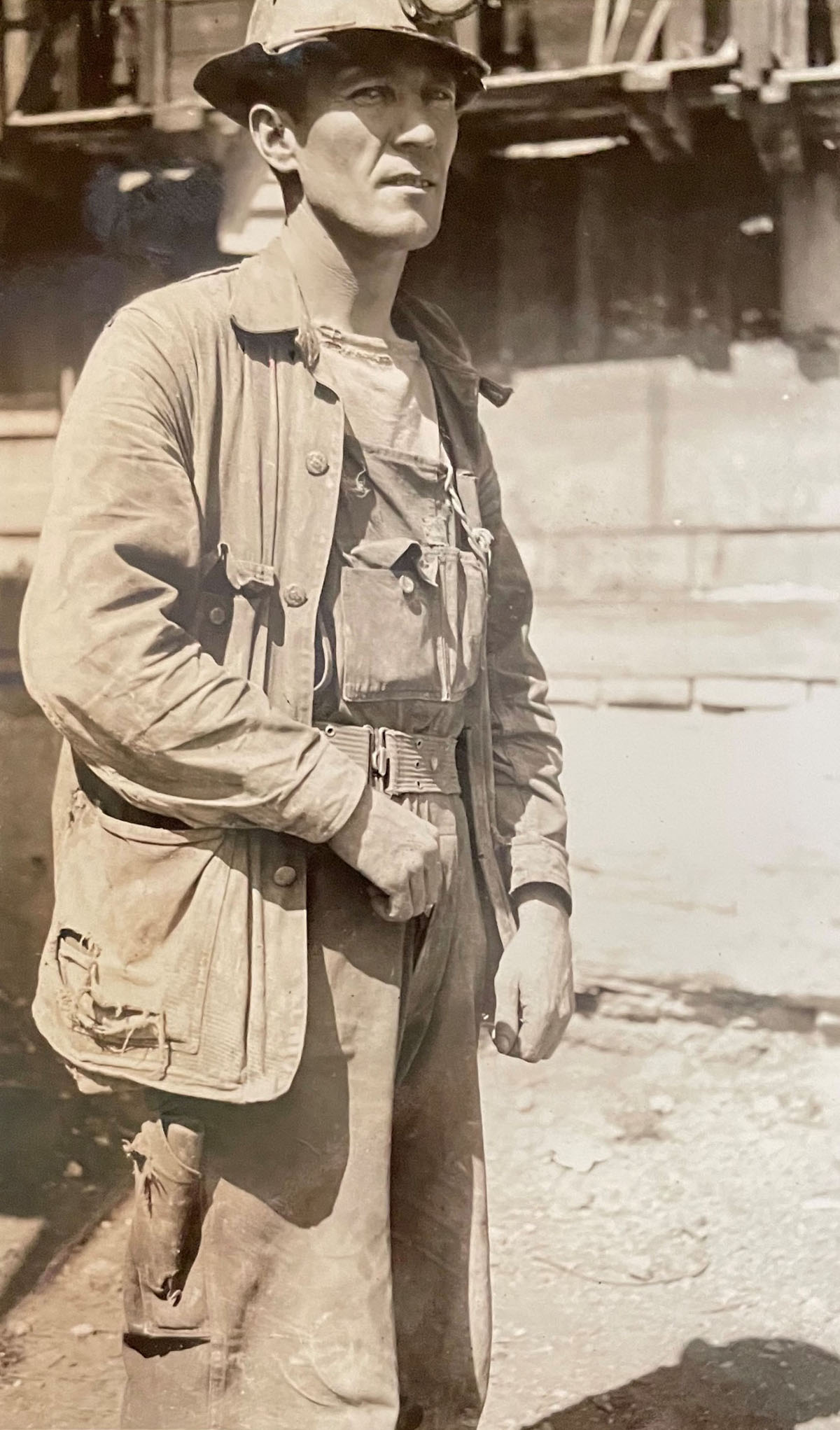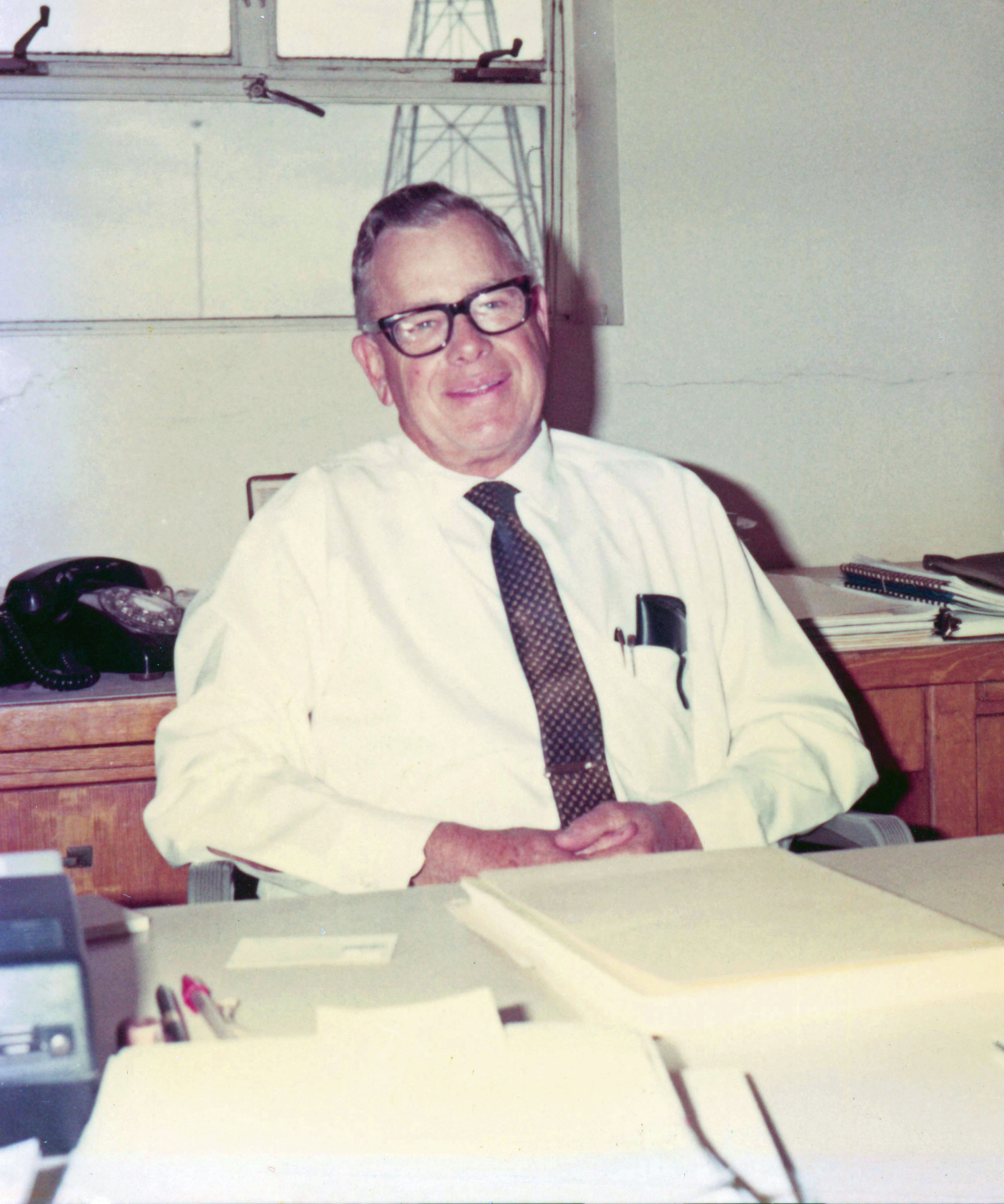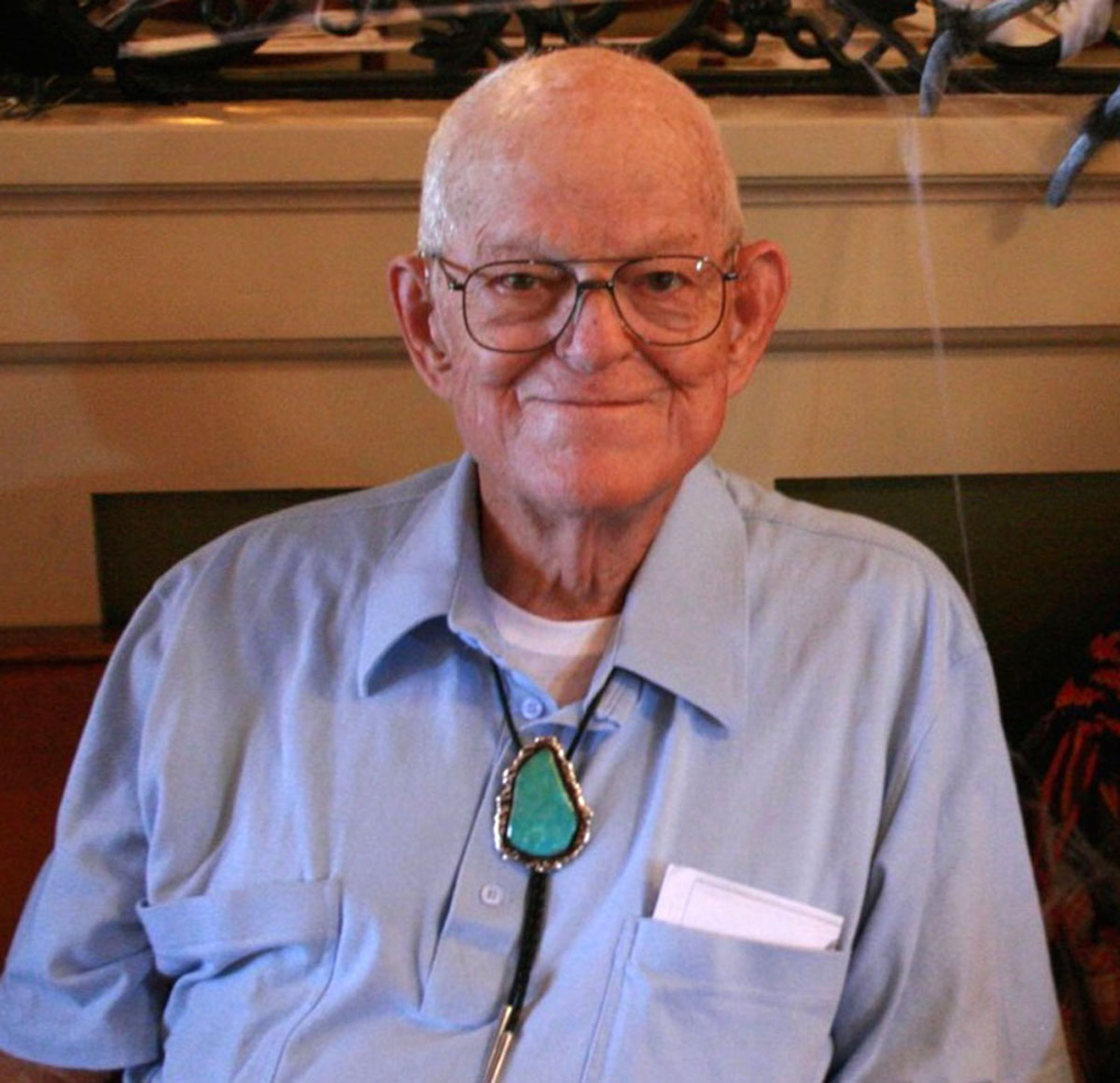Mining and Minerals Education Foundation |
Zeno Lightfoot Dili (1893 – 1927) Hoistman and Hero 2022 Inductee from Mining’s Past Zeno Lightfoot Dili was an Apache underground miner from Rice (absorbed by the Town of San Carlos), Arizona. Like many other San Carlos and White Mountain Apache men in the Copper Triangle of Arizona, Dili worked in the copper mining industry. The Apache have a long and proud history in Arizona, and by the early 1900s there were Apache mining camps at Superior, Ray, and Miami, Arizona. Dili, who is still remembered in San Carlos as a selfless man who could always be counted on, worked underground as a cage operator at the Magma Copper Company mine in Superior during the late 1920s. In the early hours of the morning on Thanksgiving Day in 1927, a devastating fire broke out in the Magma No. 2 shaft, entrapping forty-nine men underground at the 500-ft level. Following frantic attempts to contact the trapped miners, Dili heroically offered to go down the mine to establish contact. While taking the cage back down to the 500-foot level to rescue other trapped miners, the cable snapped, and Dili was lost. Dili’s ultimate sacrifice was noted from Arizona to Washington D.C. where it was stated that “his name is written on the roles of those who gave their all.” Dili was posthumously honored with a gold medal for his bravery and heroism by the Joseph A. Holmes Safety Association in 1935. Dili and other Apache miners’ contributions to the mining industry should be remembered as an important part of Arizona’s mining history.
J. C. "Buck" O'Donnell (1901 – 1969) Illustrator and Miner 2022 Inductee from Mining’s Past Buck O’Donnell was a talented illustrator and cartoonist of late-nineteenth-to-mid-twentieth century mining practices. His drawings were based on his experience, which ranged from mucker to mine superintendent. His experience over an extensive career, involving places such as Butte, Montana, Grass Valley, California, and Utah provided a wealth of subjects. He had an eye for detail, and just happened to have a good sense of humor to go along with it. Subjects that he illustrated included haulage and transport, poetry and cartoons, miners' customs and leisure, mucking and loading, hoisting, prospecting, milling, timbering, shaft sinking, safety, underground lighting, blasting, high-grading, and the Cornish pump. He lived through a technological revolution in mining and was part of it, as manager of Shaft & Development Machines Co. of Salt Lake City, a manufacturer of mining equipment. Here, he made improvements in the Cryderman mucker, and shared a patent for these improvements. He would also travel to mines that had purchased a Cryderman and instructed the mine’s crews on how to operate it. Aside from his work with Shaft & Development Machines, he worked for the Anaconda Copper Mining Company at Butte, Montana and the Idaho Maryland Mining Co. in Grass Valley, California.
John Haskell Davis, Jr. (1915 – 1996) Engineer and Designer 2022 Inductee from Mining’s Past John Haskell Davis, Jr. spent his entire professional career in the world of copper mine-concentrator-smelter operations. To this world, he contributed four innovations and much infrastructure. Born in Bisbee, Arizona, Davis grew up in Tombstone and Douglas. He earned a Degree in Mechanical Engineering from Cornell University in 1938. His first job with Phelps Dodge Corp. was assisting the powerhouse foreman in PD’s Clarkdale, Arizona smelter. Following combat in Europe during WWII as an Army officer, Davis joined PD’s Western Engineering Department and worked on the Ajo smelter and Bisbee’s concentrator. In 1957, he began leading Western Engineering as its chief mechanical engineer. He either personally designed or approved staff-drawn plans for PD projects around the world the next 21 years. Davis invented processes creating reformed gas, using it to reduce oxygen-containing copper ores, and producing sponge iron from copper-iron ores. Among his designs were various expansions, especially at Morenci (1969-70), including improvements to the water supply, power plant, aerial tramway, crusher, reverberator and concentrator. In the 1970s, Davis designed electrostatic precipitators and other PD plant modifications to meet changing pollution control laws. He designed and oversaw construction of PD’s reactivated plant and residential town at Tyrone, New Mexico and subsequent expansion. He selected the site and decided upon flash furnace technology used for the Hidalgo, New Mexico smelter. It opened in 1976 as the first U.S. copper smelter designed from inception to meet state and national air quality emission standards. Davis retired in 1978 and remained in Douglas. He had served as Douglas Water Commission head from 1954-1965, and continued volunteer work in civic, social and church organizations until his death.
Donald J. Lunt (1929 – 2019) Mining Historian 2022 Inductee from Mining’s Past Donald J. Lunt was a lifelong Greenlee County, Arizona resident and devoted avocational historian of the old Copper Mountain or Clifton-Morenci mining district. Mr. Lunt was born in 1929 in a small house on D Hill in Old Morenci and lived most of his life in the Clifton-Morenci area. For most of his adult working life, he was employed by the Phelps Dodge Corporation, the former operator of the Morenci mine from 1921 until 2007. In his free time, Mr. Lunt was an avid photographer. Following his retirement from Phelps Dodge in the early 1990s, he spent much of his time working as a local historian with the Greenlee County Historical Society. In this setting, he amassed a large collection of historical photographs, including diverse images of the Copper Mountain district and surrounding area. His expertise in local history was often called upon, and he worked closely with Freeport-McMoRan to identify, organize, and digitize a large collection of glass negative photographs of Clifton-Morenci. In 2018, historians worked with Mr. Lunt and his wife, Josephine, to catalogue his many photographs and, more importantly, to record his knowledge about each one and the scenes and subjects they depict. Mr. Lunt’s devotion and love of mining history will live on through his invaluable contributions to the study of one of the most famous copper districts in the West. |




